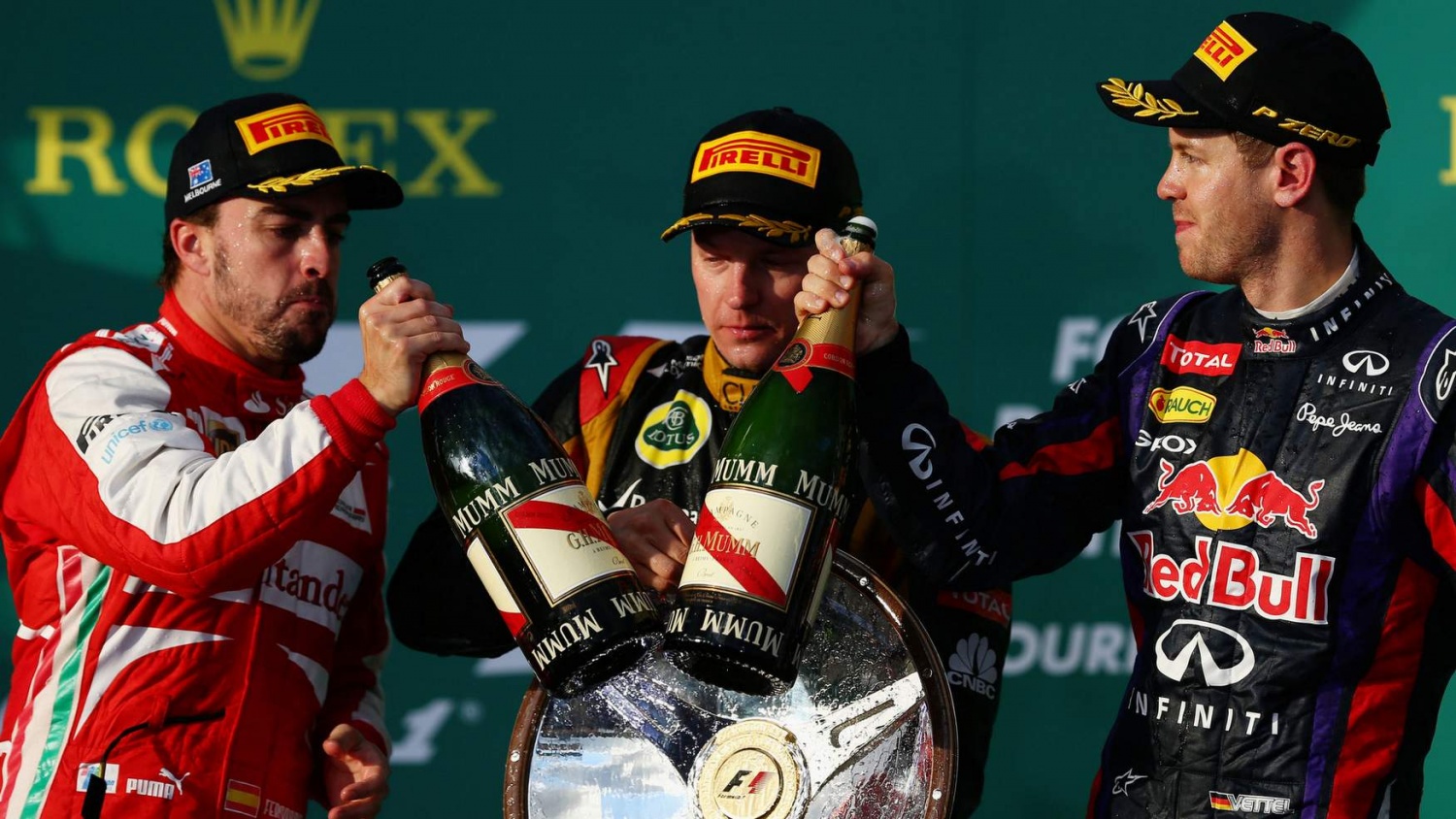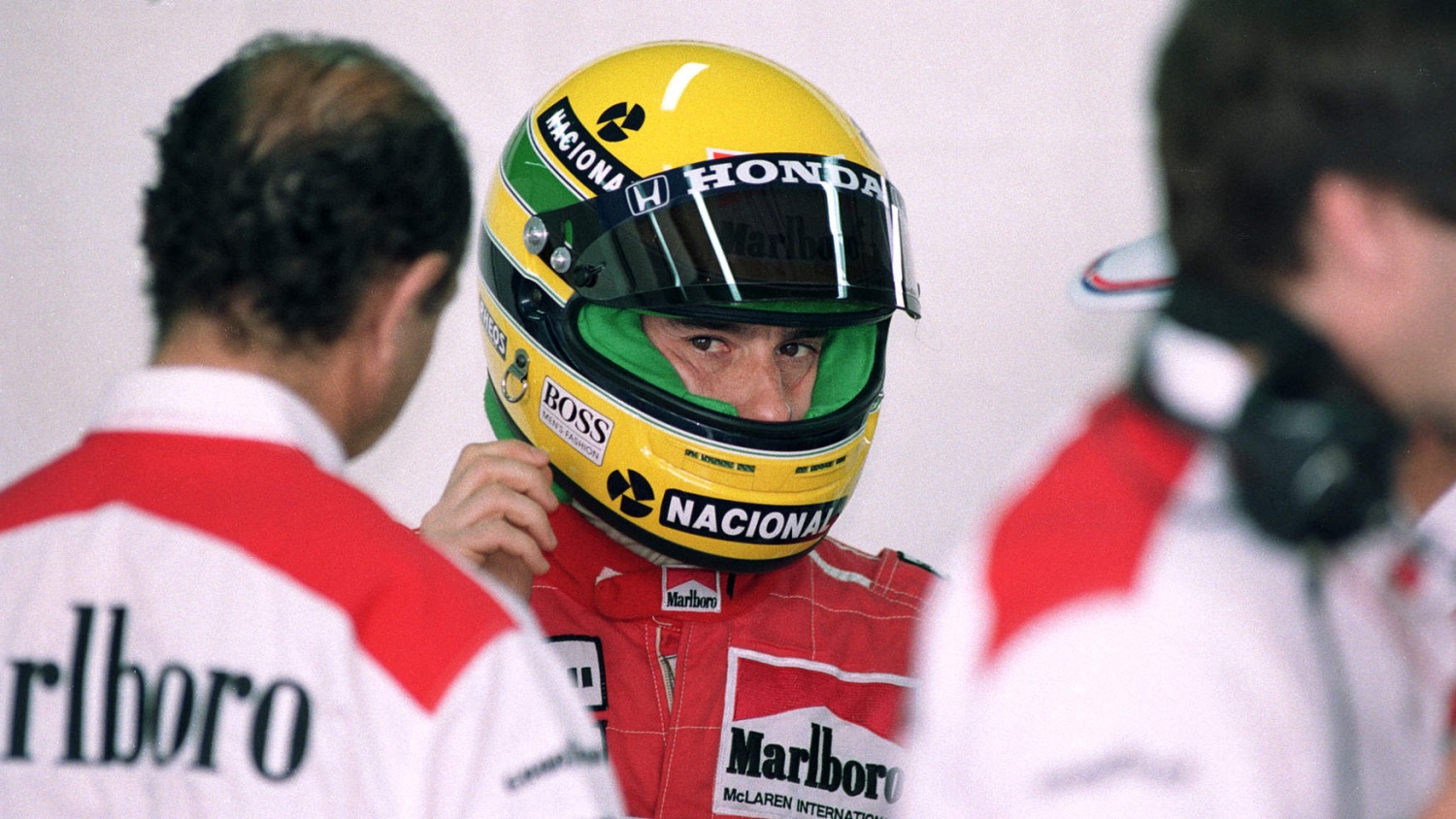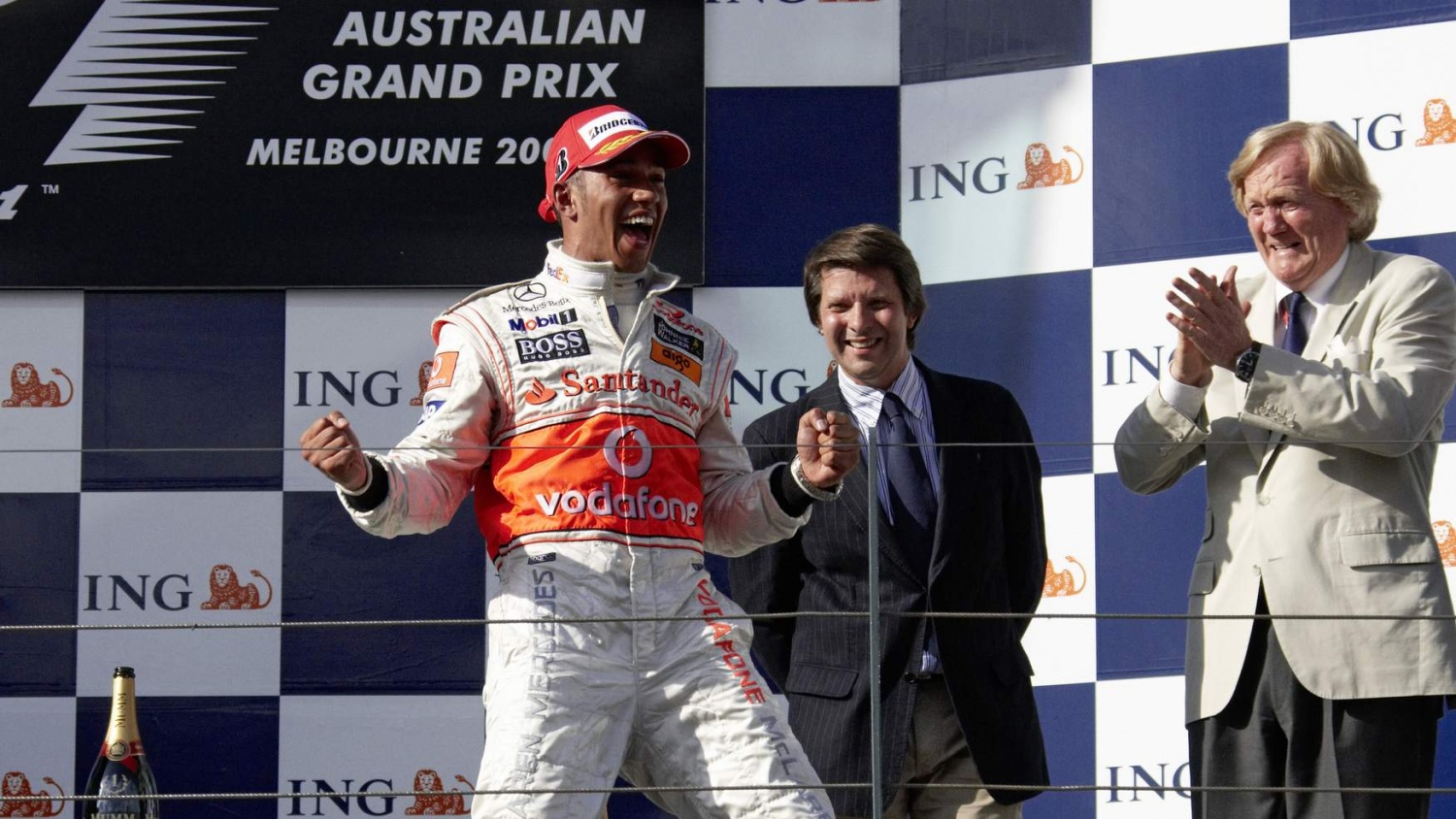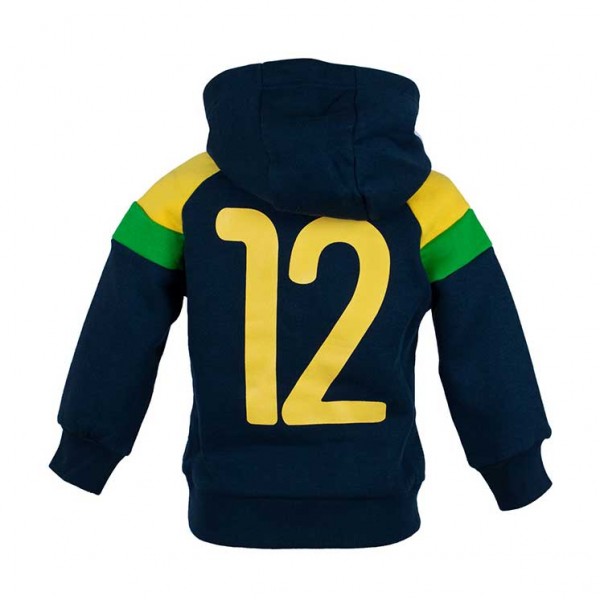
17 March: Today in Racing
Read More
Ayrton Senna and the greatest interview he ever gave
Read More




When the new 2.5-litre Formula 1 was announced for 1954, Daimler-Benz decided to re-enter a Grand Prix arena it had dominated in the ‘thirties. With vast resources including a three hundred man design, manufacturing and testing department, huge budgets and unlimited resources, the new Mercedes proved technically way ahead of current Ferraris, Maseratis, Gordinis, Connaughts and Cooper-Bristols.
So great was its engineering depth, that Mercedes-Benz took advantage of developing three chassis of differing wheelbase, never mind the additional choices of inboard and outboard front brake options and closed aero and open-bodied versions of its new F1 cars depending on the needs of the various circuits and driver preferences!
In addition, in 1954, Mercedes signed among the best drivers of the time in Juan-Manuel Fangio, adding Stirling Moss in 1955.
Yet despite the ominous expectations of looming Benz Formula 1 domination, the financially ailing but ever innovative Lancia quietly set about developing and building its own first F1 challenger. The Italian carmaker charged genius veteran ex-Alfa Romeo designer Vittorio Jano, creator of all of Alfa's incredible Grand Prix machines from the 1924 P2 through to the so sadly stillborn 37 12C to craft its new machine.
Alongside Jano, engine man, Francesco De Virgilio, the man behind Lancia’s own world first V6 in its 1951 Aurelia developed a new V8. Taking cognisance of Lancia’s limited resources, pragmatic as ever Jano opted for a cost efficient, diminutive and lightweight design for his D50 in a gossamer chassis solution with low polar moment. De Virgilio’s V8 was compact and lightweight with strong bottom-end torque characteristics.
The D50 was startling in appearance. Low, short and broad, it featured articulated outrigger fuel tanks between the wheels on each side, not only to neutralise weight distribution changes as the tanks emptied through the race, but to also smooth the airflow between the wheels. A multi-tube chassis frame only started from the bulkhead behind the engine and extended rearwards.
Jano’s D50 masterstroke was how he utilised the short, stiff all-aluminium four cam V8 engine as a stressed member to support the front suspension and cooling radiator — a principal he applied this more than a decade before BRM and Lotus were acclaimed for their load-bearing engines on mid-engined cars.
The D50’s cockpit sides were tall, like those of the Benz and not cut away as was common on the rest of the Italian and British cars, once again in pursuit of better aero performance. Despite all this and like the rest of Mercedes’ opposition, Lancia somehow expected to be seriously down on power versus the German cars.
That however proved a fallacy, for the Mercedes initially only developed 252bhp, some way down on expectations thanks in part to then impossible-to-detect friction losses. The far simpler Lancia ended up delivering a creditable 260bhp to set a significant Italian cat among those German pigeons!
Lancia finally arrived on the Formula 1 scene at the 1954 season finale in Barcelona, where Fangio’s great rival Alberto Ascari put the D50 onto a sensational pole position a whole second and a half clear of his great Argentine Mercedes rival and went on lead the race the race for nine laps until the brand new car suffered clutch failure.
The same happened at the 1955 season opener at Buenos Aires where Ascari once again led after the Mercedes had retired and at Monaco, until his D50 suffered brake failure to locked up as Alberto crashed into the harbour, suffering a broken nose and bruising, leaving Eugenio Castellotti to chase Maurice Trintignant’s Ferrari home second in the only race other than the Indianapolis 500 it did not enter, that Mercedes failed to win.
Tragically, Alberto Ascari died in a sportscar test at Monza a couple of weeks later and despite a spirited effort by young Castelotti, Fiat intervened and saw to the financially strapped and demoralised Gianni Lancia handing his entire race team and F1 and sports racing cars over to the similarly struggling Enzo Ferrari.
With Mercedes out of motorsport following the fiery Le Mans tragedy that killed driver Pierre Levegh and 83 spectators, Ferrari hired Fangio to bolster its significant driver line-up through 1956. Ferrari's D50s won five of the effective seven races that season as Fangio took three wins to take the championship, while Englishman Peter Collins won two en route to the title third behind Fangio and Stirling Moss in the Maserati 250F.
Despite Ferrari further modifying its D50s for the 1957 season as the cars shed their outrigger tanks, among other tweaks and a driver line-up that included Collins, Luigi Musso and Mike Hawthorn, Ferrari could not muster better than three second places and a few thirds and fourth finishes behind Fangio's Maserati and Moss in the Vanwall. Musso and Hawthorn ended up third and fourth in the title chase.
The Lancia-Ferrari D50 was always a tricky to drive due to its low polar moment and even Ascari spun it a few times. Later opinion however has it that had the D50 arrived when Dunlop was making its softer, stickier and more technologically advanced tyres a couple of years later, the Lancia would no doubt have been realised its inherent handling advantages.
Still, built on a tight budget and raced mostly on a shoestring, the Ferrari-run D50 won a world championship in Fangio’s great hands and too five grand prix wins in its time to forever see Lancia into the annals of Formula 1 history - a remarkable achievement against some truly powerful opposition. (Text & illustration Input by Patrick O’Brein)

 24,90 €39,90 €Ayrton Senna Hoodie Racing Kids
24,90 €39,90 €Ayrton Senna Hoodie Racing Kids